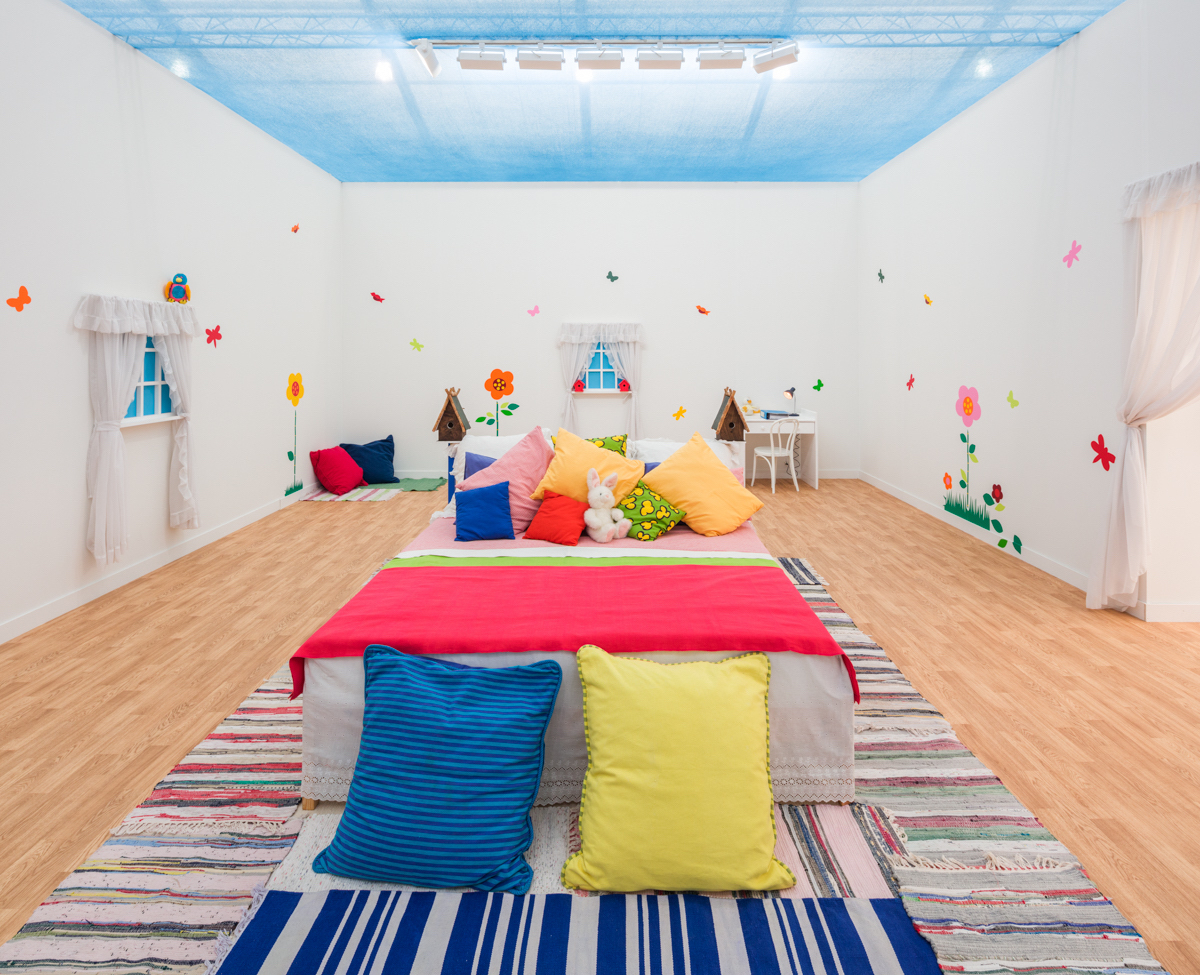
The minute the VIP session of the first-ever edition of Frieze Los Angeles opened this morning at Paramount Pictures Studios, there was a feeling of pent-up hunger being unleashed: The city finally had an art fair that matched its status as an art world capital. It’s been a long time coming.
A throng of collectors ducked inside from a driving rain and busily got to work—they’d been waiting for this—threading through the 70 or so booths (not counting the excellent shows in the Frieze Projects area on the famed Paramount backlot).
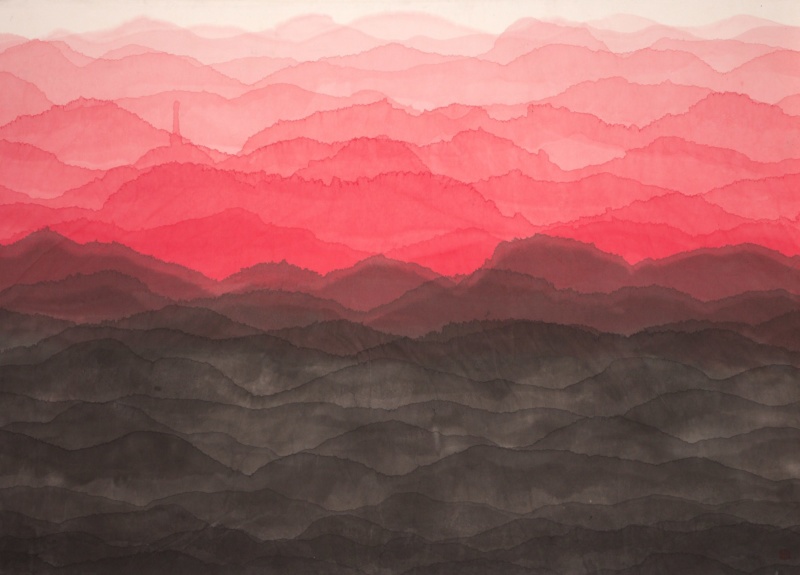
The relatively cozy number, less than the Frieze editions in London and New York, made it possible to actually see most of the wares in the booths, which looked crisp given the fair’s light-filled design by omnipresent architect Kulapat Yantrasast of wHY—who posed for a snapshot in front of El Anatsui’s striking aluminum-and-copper creation Topos (2012) at Jack Shainman Gallery.
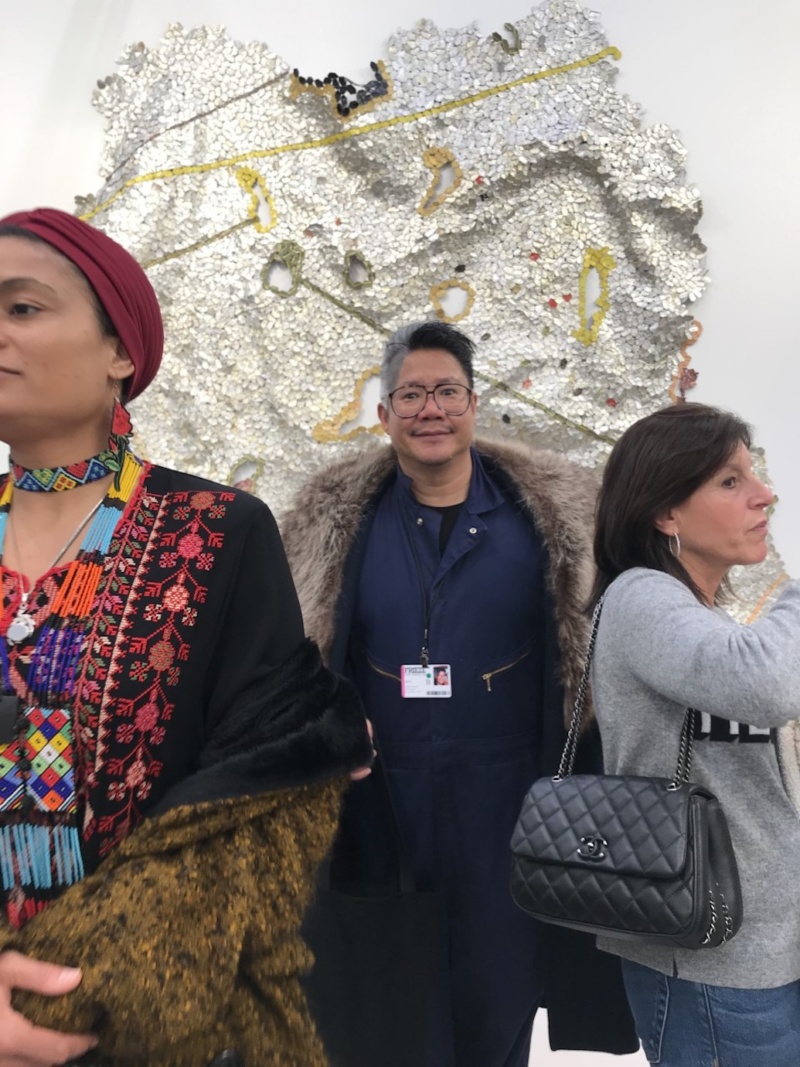
Some buyers and onlookers were people you’ve heard of—some guy named Leonardo DiCaprio was huddled with Marc Glimcher in the Pace Gallery booth, not far from Alex Katz’s big floral canvas Blue Flag 4 (1967). Famed TV producer Norman Lear was on hand, ditto Sylvester Stallone, Brad Pitt and Jodie Foster. And probably more too.
Hauser & Wirth started the day with a big sale: $1.8 million for Mike Kelley’s Unisex Love Nest (1999), a massive room-sized installation that comprised their only offering. The buyer was a private European foundation, said gallery partner and vice president, Marc Payot. “We weren’t sure about selling it,” he said. “It was a big risk to devote it all to this one work.” He added that it was made in L.A. 20 years ago by the late Kelley but had never been on display locally, so there was something meaningful in having it featured on such a big scale.
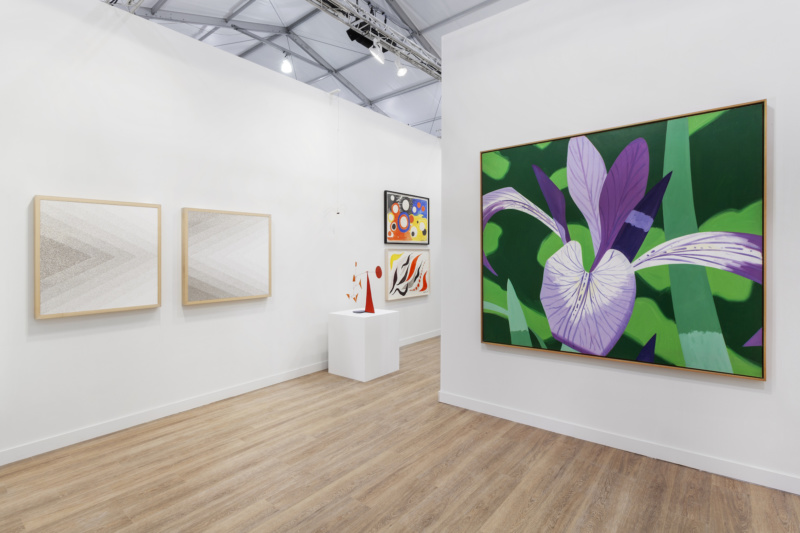
Payot’s take on the first edition of Frieze was that it helps organize the sprawling art scene: “It gives people a time to come visit for art, and I think that’s great.”
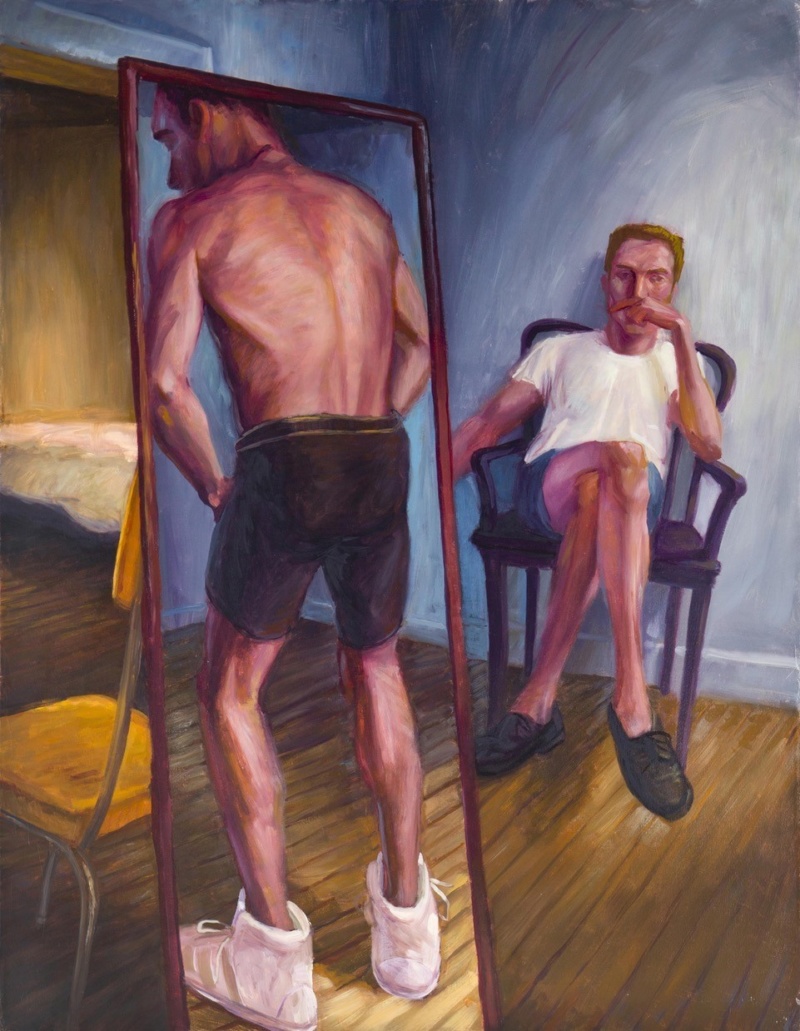
Alexander Gray, who runs the eponymous New York gallery, agreed that it was the natural next step given that “there’s such a big gallery base and collector scene now.” He was showing the work of the talented realistic painter Hugh Steers, including Black Bag (1993), featuring a male sashay in a pair of high heels. He said that Steers was becoming a favorite of “gay Hollywood”; the works also got a quizzical double-take from Stallone as he walked by with wife Jennifer Flavin.
The philanthropist Sarah Arison, who heads the National YoungArts Foundation and serves as a MoMA P.S.1 trustee among her many causes, said she was “pleasantly surprised” by the crowd and the art on display. “Every single foundation and museum and gallery has synced their programming up with the fair, and people have really turned out,” she said. Though she added, given Frieze New York’s struggles with heat in May of last year, the rain made her think “the fair is a little cursed when it comes to weather.” You can’t have everything.
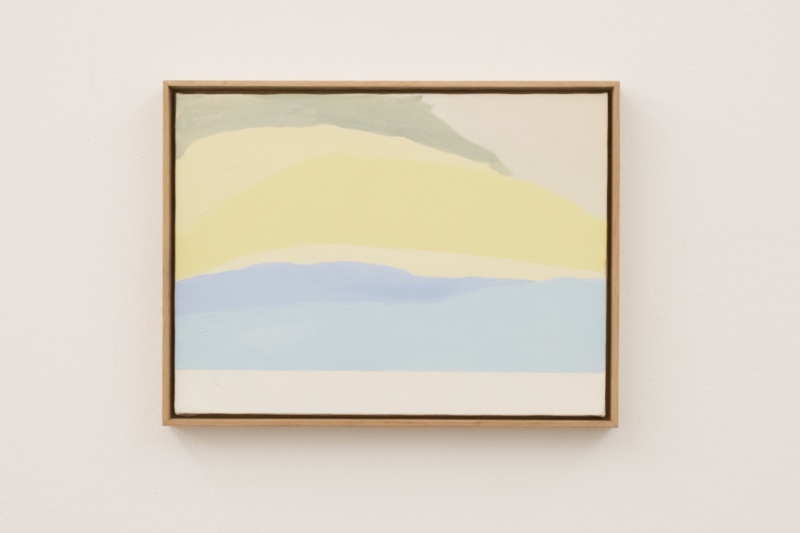
Themes are always tough to tease out when thousands of works are on display, but certainly Los Angeles itself and the artists who live there were prominent, as galleries saw this as their natural chance to highlight them. At 303 Gallery, owner Lisa Spellman focused on local Doug Aitken, offering the lightbox sculpture Midnight Sun (distant view with pools) (2019), showing an eerie City of Angels nightscape. At David Zwirner, where the boss and his son, Lucas, were both on hand, the LA artist Diana Thater was represented by the dazzlingly colored, nine-monitor video wall True Life Adventures (2018).
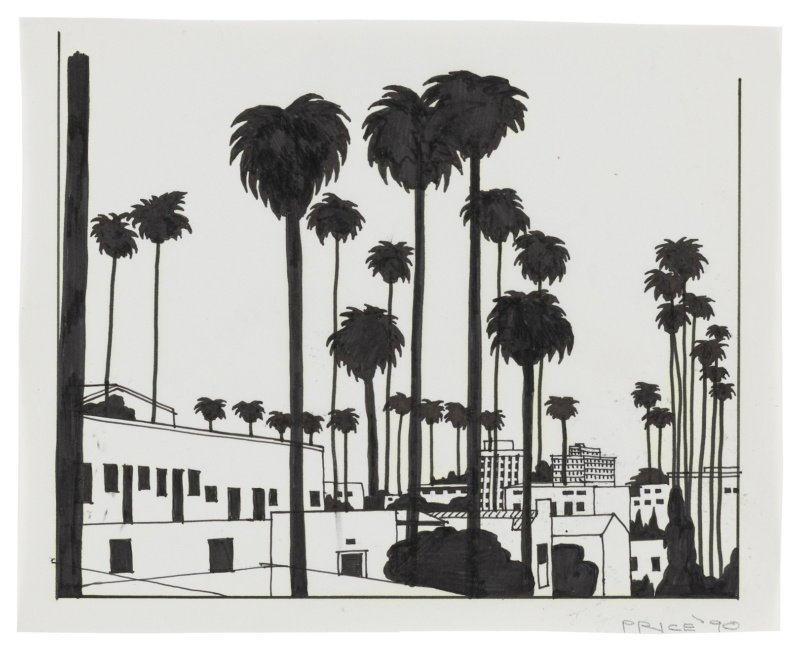
Ken Price (1935-2012) was an LA native whose works detailed his quirky affection for the place, and some great ones were on view in the Matthew Marks booth. Ceramics are a hot medium now, but Price pioneering that medium for some 50 years before, turning out pieces like the round little local landscape L.A. Bowl (1991). Has anyone ever done an artwork about a drive-by shooting that’s somehow sort of sweetly cartoonish? Price did, with the drawing Drive By (1990). (For good measure, there was also a 1998 Price piece at Kayne Griffin Corcoran, Humpback.)
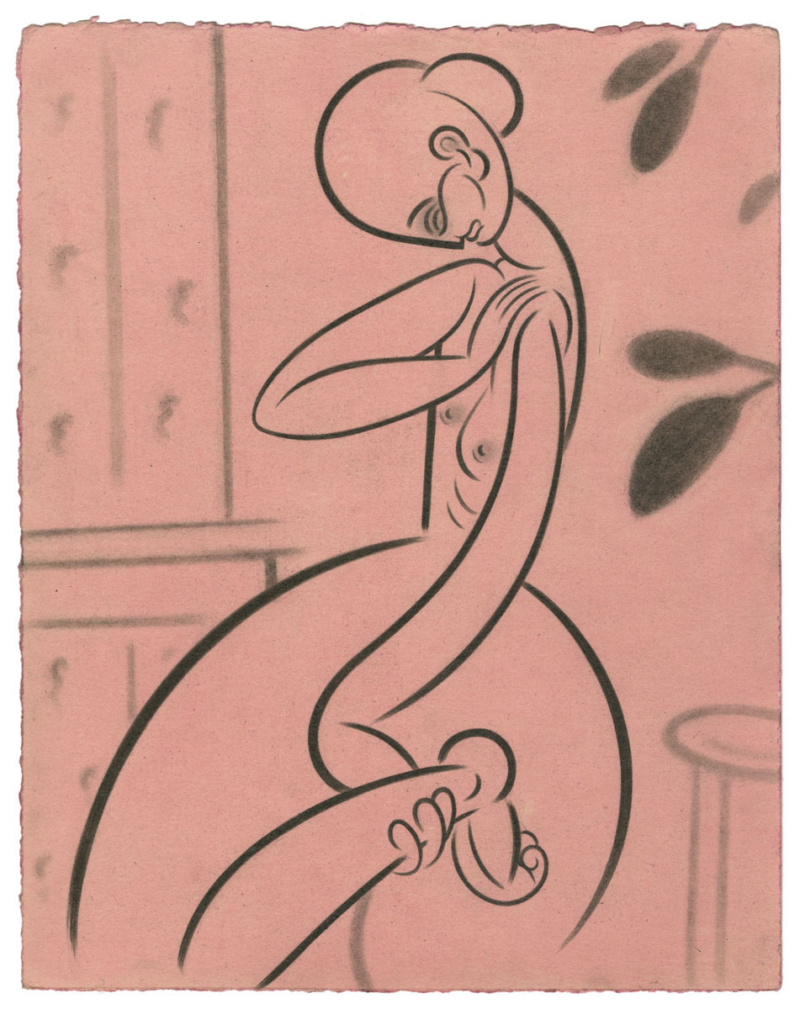
Turning something over to find the positive side is something you might find in the work of Jeppe Hein, the Danish artist based in Berlin. He took over König Galerie’s booth with his riffs on balloons, mirrors and neon with works like You Look Into My Heart, part of a series—and the works felt of a piece with the fairly upbeat offerings at the rest of the fair. (A big exception were the somber resin and cotton pieces by the artist Kevin Beasley, at Casey Kaplan, which dovetail with his current Whitney Museum of American Art show. He plumbs topics including the cotton-gin, slavery and his own family’s roots.)
Galleries reported strong sales. The booth of San Francisco gallery Altman Siegel showed off the Bay Area artist Koak, including the painting Good Sculptures (2019). Some 80 percent of the works were gone within the first 20 minutes. Tomorrow the fair opens to non-VIPs, who will have a chance to get the pieces not snapped up today. Probably a good idea to arrive early.










 in your life?
in your life?

